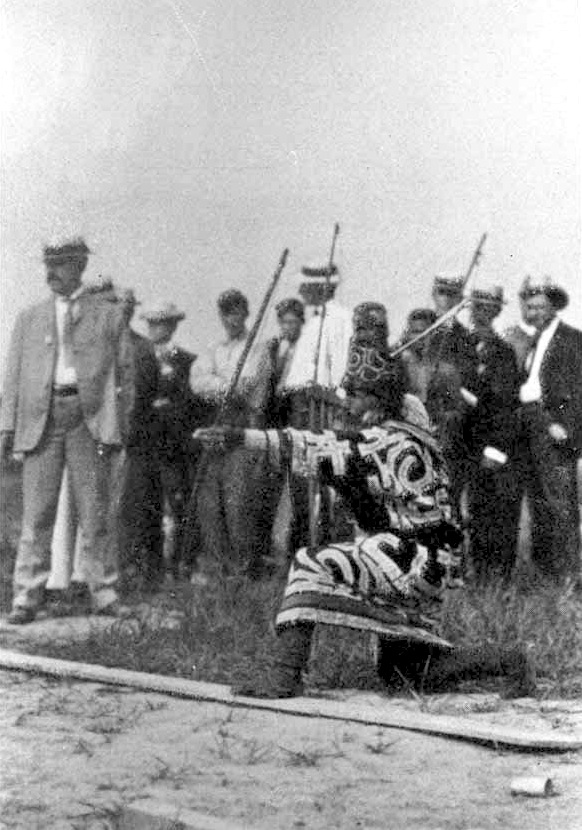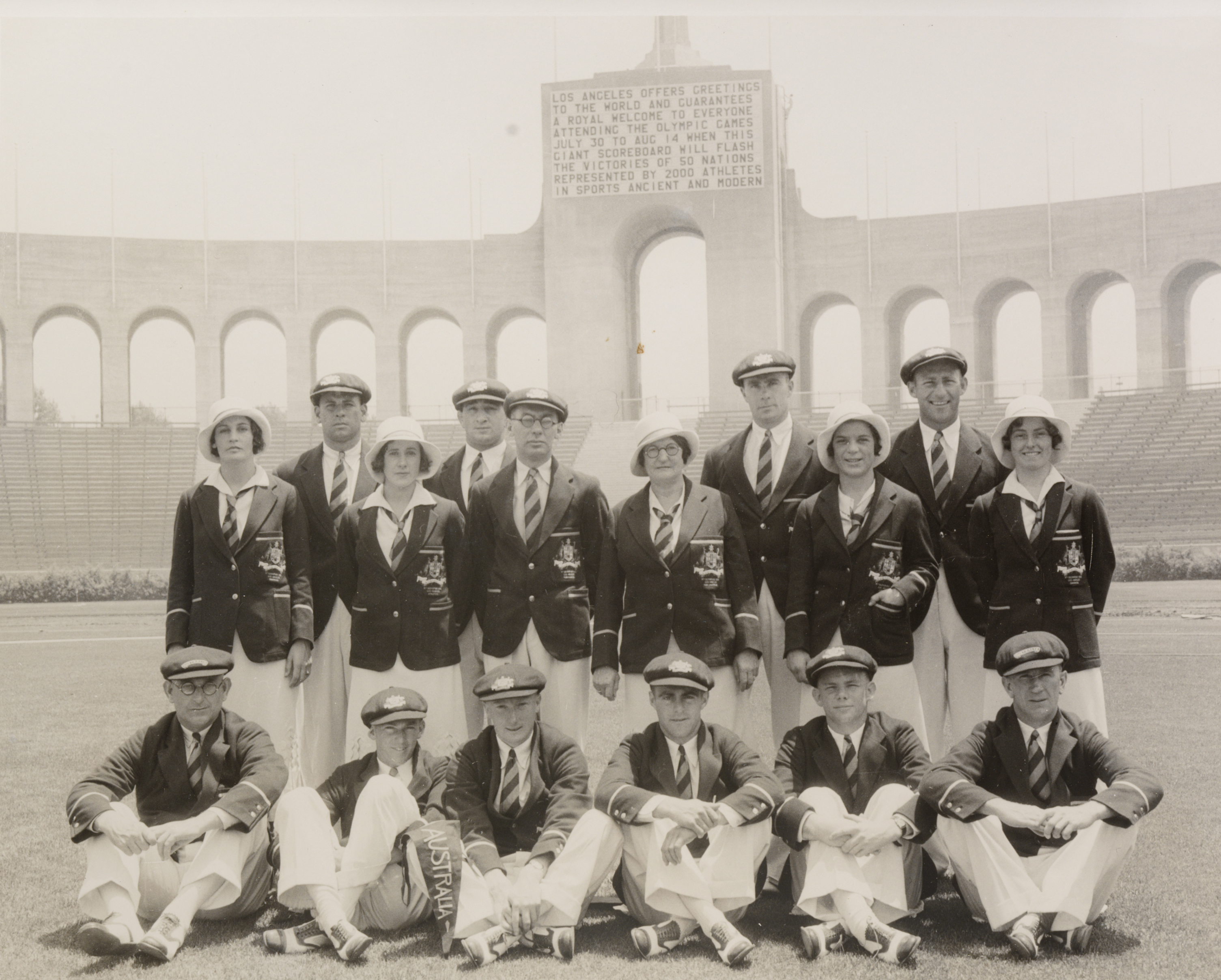|
Gymnastics At The 1904 Summer Olympics – Men's Club Swinging
{{1904-Olympic-stub ...
The men's club swinging was an artistic gymnastics event held as part of the gymnastics programme at the 1904 Summer Olympics. It was the only time the club swinging event was held, though an "Indian clubs" competition was held at the 1932 Summer Olympics. An unknown number of gymnasts competed, only three are known. The competition was held on Friday, October 28, 1904. Results See also * Indian club * Gymnastics at the 1932 Summer_Olympics – Men's Indian clubs References Sources * * Club swinging Juggling practice has developed a wide range of patterns and forms which involve different types of manipulation, different props, numbers of props, and numbers of jugglers. The forms of juggling shown here are practiced by amateur, non-performing, ... [...More Info...] [...Related Items...] OR: [Wikipedia] [Google] [Baidu] |
Edward Hennig
Edward August Hennig (October 13, 1879 – August 28, 1960) was an American gymnast who competed in the 1904 Summer Olympics. He died in Summit County, Ohio. Hennig won two gold medals, one of them at club swinging. In the horizontal bar event he and his countryman Anton Heida Anton Heida (born 24 December 1878, date of death unknown) was an American gymnast who competed in the 1904 Summer Olympics, where he won five gold medals. He won the vault, horizontal bar, pommel horse, team competition and all-around titles, be ... had the same score and the gold medal was shared between them. He also competed in the pommel horse event without winning a medal. In the all-around event he finished 50th, in the team competition he was a member of the ''Turnverein Vorwärts (Cleveland)'' which finished 13th. In the gymnastics triathlon he finished 59th and in the athletics triathlon he finished 36th. References External links * 1879 births 1960 deaths American male art ... [...More Info...] [...Related Items...] OR: [Wikipedia] [Google] [Baidu] |
Emil Voigt (gymnast)
Emil Voigt (December 15, 1879 – February 26, 1946) was an American gymnast who competed in the 1904 Summer Olympics. In 1904 he won the silver medal in the club swinging Juggling practice has developed a wide range of patterns and forms which involve different types of manipulation, different props, numbers of props, and numbers of jugglers. The forms of juggling shown here are practiced by amateur, non-performing, ... event and bronze medals in the rings event and rope climbing event. He was also fourth in gymnastics' team event, 42nd in gymnastics' triathlon event, 60th in gymnastics' all-around event and 85th in athletics' triathlon event. He was a member of the Concordia Turnverein in St. Louis. References 1879 births 1946 deaths American male artistic gymnasts Gymnasts at the 1904 Summer Olympics Olympic silver medalists for the United States in gymnastics Olympic bronze medalists for the United States in gymnastics Medalists at the 1904 Summer Olymp ... [...More Info...] [...Related Items...] OR: [Wikipedia] [Google] [Baidu] |
Ralph Wilson (gymnast)
Ralph Charles Wilson (June 24, 1880 – February 14, 1930) was an American gymnast who competed in the 1904 Summer Olympics The 1904 Summer Olympics (officially the Games of the III Olympiad and also known as St. Louis 1904) were an international multi-sport event held in St. Louis, Missouri, United States, from 29 August to 3 September 1904, as part of an extended s .... In 1904 he won the bronze medal in the club swinging event. References External links * 1880 births 1930 deaths Gymnasts at the 1904 Summer Olympics Olympic bronze medalists for the United States in gymnastics American male artistic gymnasts Medalists at the 1904 Summer Olympics {{US-artistic-gymnastics-bio-stub ... [...More Info...] [...Related Items...] OR: [Wikipedia] [Google] [Baidu] |
Indian Club
Indian clubs, which originated in the Indian subcontinent, are a type of exercise equipment used to present resistance in movement to develop strength and mobility. They consist of juggling club shaped wooden clubs of varying sizes and weights, which are swung in certain patterns as part of a strength exercise program. They can range in weight from a few pounds each to special clubs that can weigh as much as up to 100 pounds. They were used in carefully choreographed routines in which the clubs were swung in unison by a group of exercisers, led by an instructor, similar to 21st-century aerobics or zumba classes. The routines would vary according to the group's ability along with the weights of the clubs being used. When the 19th-century British colonists came across exercising clubs in India, they named them Indian clubs. History Club swinging is believed to have originated in India by soldiers as a method of improving strength, agility, balance and physical ability. Gada c ... [...More Info...] [...Related Items...] OR: [Wikipedia] [Google] [Baidu] |
Artistic Gymnastics
Artistic gymnastics is a discipline of gymnastics in which athletes perform short routines on different apparatuses. The sport is governed by the Fédération Internationale de Gymnastique (FIG), which designs the Code of Points and regulates all aspects of elite international competition. Within individual countries, gymnastics is regulated by national federations like British Gymnastics and USA Gymnastics. Artistic gymnastics is a popular spectator sport at many competitions, including the Summer Olympic Games. History The gymnastic system was mentioned in writings by ancient authors, including Homer, Aristotle, and Plato. It included many disciplines that later became independent sports, such as swimming, racing, wrestling, boxing, and horse riding. It was also used for military training. In its present form, gymnastics evolved in Bohemia and what is now known as Germany at the beginning of the 19th century. The term "artistic gymnastics" was introduced to distinguish fr ... [...More Info...] [...Related Items...] OR: [Wikipedia] [Google] [Baidu] |
Gymnastics At The 1904 Summer Olympics
Gymnastics is a type of sport that includes physical exercises requiring balance, strength, flexibility, agility, coordination, dedication and endurance. The movements involved in gymnastics contribute to the development of the arms, legs, shoulders, back, chest, and abdominal muscle groups. Gymnastics evolved from exercises used by the ancient Greeks that included skills for mounting and dismounting a horse, and from circus performance skills. The most common form of competitive gymnastics is artistic gymnastics (AG), which consists of, for women (WAG), the events floor, vault, uneven bars, and beam; and for men (MAG), the events floor, vault, rings, pommel horse, parallel bars, and horizontal bar. The governing body for gymnastics throughout the world is the Fédération Internationale de Gymnastique (FIG). Eight sports are governed by the FIG, which include gymnastics for all, men's and women's artistic gymnastics, rhythmic gymnastics, trampolining (including double mini-tramp ... [...More Info...] [...Related Items...] OR: [Wikipedia] [Google] [Baidu] |
1904 Summer Olympics
The 1904 Summer Olympics (officially the Games of the III Olympiad and also known as St. Louis 1904) were an international multi-sport event held in St. Louis, Missouri, United States, from 29 August to 3 September 1904, as part of an extended sports program lasting from 1 July to 23 November 1904, located at what is now known as Francis Field on the campus of Washington University in St. Louis. This was the first time that the Olympic Games were held outside Europe. Tensions caused by the Russo–Japanese War and difficulties in traveling to St. Louis resulted in very few top-class athletes from outside the United States and Canada taking part in the 1904 Games. Only 62 of the 651 athletes who competed came from outside North America, and only between 12 and 15 nations were represented in all. Some events subsequently combined the U.S. national championship with the Olympic championship. The current three-medal format of gold, silver and bronze for first, second and third place ... [...More Info...] [...Related Items...] OR: [Wikipedia] [Google] [Baidu] |
Gymnastics At The 1932 Summer Olympics – Men's Indian Clubs
{{1932-Olympic-stub ...
The men's Indian clubs event was part of the gymnastics programme at the 1932 Summer Olympics at Los Angeles. It was contested for the only time at the Olympics. The 1904 Summer Olympics saw a club swinging event. The competition was held on Tuesday, August 9, 1932. Four gymnasts from two nations competed. Medalists Results See also * Gymnastics at the 1904 Summer Olympics – Men's club swinging * Indian club References External links Olympic Report* Indian clubs Indian clubs, which originated in the Indian subcontinent, are a type of exercise equipment used to present resistance in movement to develop strength and mobility. They consist of juggling club shaped wooden clubs of varying sizes and weights, ... [...More Info...] [...Related Items...] OR: [Wikipedia] [Google] [Baidu] |
1932 Summer Olympics
The 1932 Summer Olympics (officially the Games of the X Olympiad and also known as Los Angeles 1932) were an international multi-sport event held from July 30 to August 14, 1932 in Los Angeles, California, United States. The Games were held during the worldwide Great Depression, with some nations not traveling to Los Angeles; 37 nations competed, compared to the 46 in the 1928 Games in Amsterdam, and then-U.S. President Herbert Hoover did not attend the Games. The organizing committee did not report the financial details of the Games, although contemporary newspapers claimed that the Games had made a profit of US$1,000,000. Host city selection The selection of the host city for the 1932 Summer Olympics was made at the 23rd IOC Session in Rome, Italy, on 9 April 1923. Remarkably, the selection process consisted of a single bid, from Los Angeles, and as there were no bids from any other city, Los Angeles was selected by default to host the 1932 Games. Highlights *Charles Cu ... [...More Info...] [...Related Items...] OR: [Wikipedia] [Google] [Baidu] |
Gymnastics At The 1932 Summer Olympics – Men's Indian Clubs
{{1932-Olympic-stub ...
The men's Indian clubs event was part of the gymnastics programme at the 1932 Summer Olympics at Los Angeles. It was contested for the only time at the Olympics. The 1904 Summer Olympics saw a club swinging event. The competition was held on Tuesday, August 9, 1932. Four gymnasts from two nations competed. Medalists Results See also * Gymnastics at the 1904 Summer Olympics – Men's club swinging * Indian club References External links Olympic Report* Indian clubs Indian clubs, which originated in the Indian subcontinent, are a type of exercise equipment used to present resistance in movement to develop strength and mobility. They consist of juggling club shaped wooden clubs of varying sizes and weights, ... [...More Info...] [...Related Items...] OR: [Wikipedia] [Google] [Baidu] |



